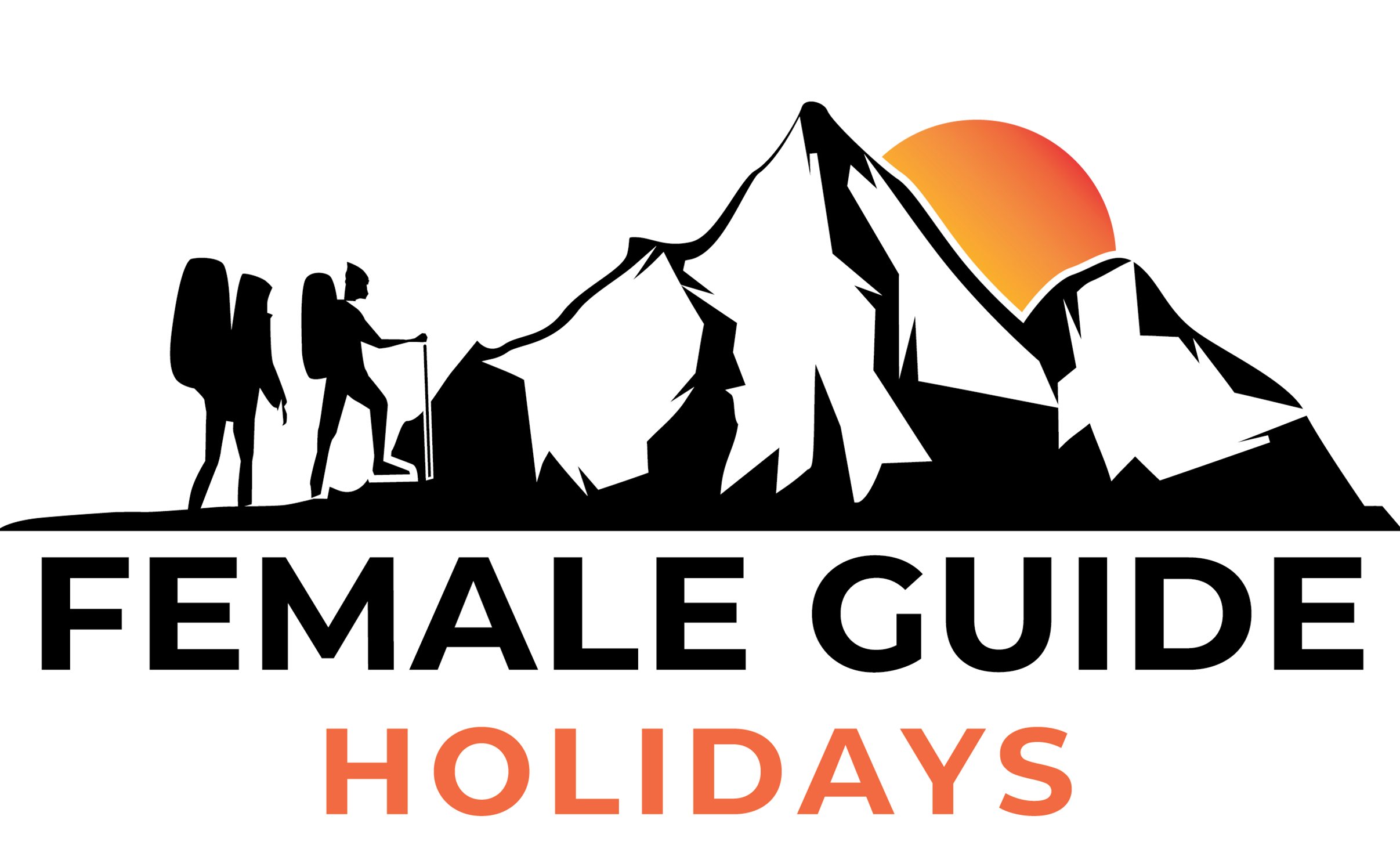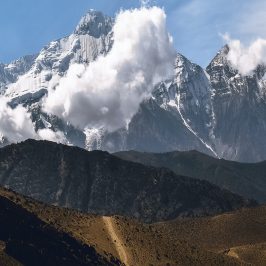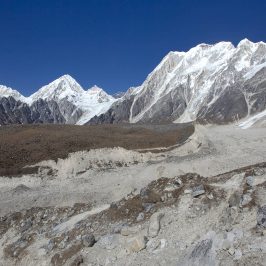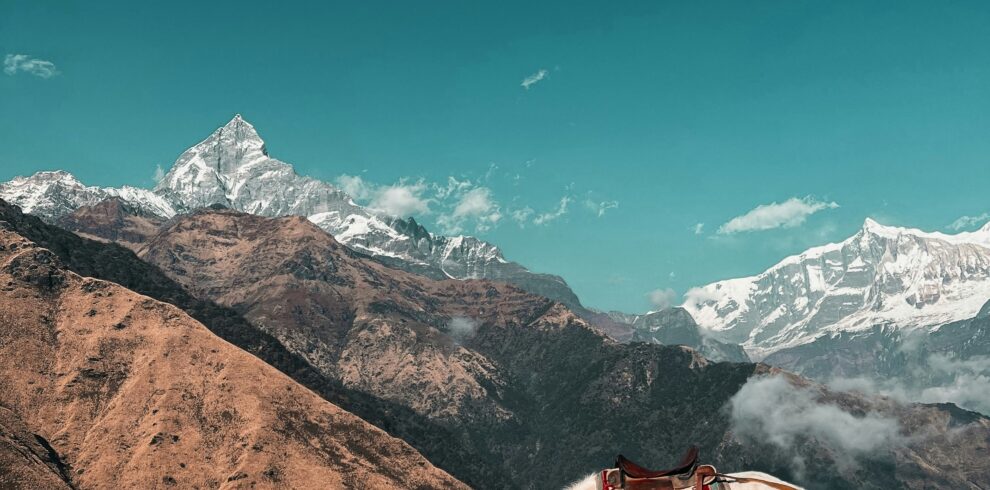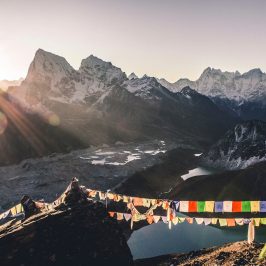The Everest 3 High Passes Trek is a challenging and exhilarating adventure that takes trekkers through some of the highest and most breathtaking mountain passes in the world. This trek offers the ultimate test of endurance and allows trekkers to experience the rugged beauty of the Himalayan range up close.
The three passes included in this trek are the Cho La Pass, Kongma-La Pass, and Renjo-La Pass. Each of these passes offers unique challenges and rewards, with spectacular views of the surrounding peaks and glaciers.
Starting in Lukla, the trek takes trekkers through the Sherpa villages of Namche Bazaar, Tengboche, and Dingboche, where they can experience the rich culture and traditions of the local people. The trek then heads towards the stunning turquoise blue waters of Gokyo Lakes, where trekkers can take a well-deserved break and soak in the serene atmosphere.
One of the highlights of the trek is the hike to Kala Patthar, a renowned vantage point that offers stunning panoramic views of the Himalayan range. The trek also includes a visit to Everest Base Camp, where trekkers can follow in the footsteps of mountaineers and experience the thrill of being in the shadow of the world’s highest peak.
Experience some of the most breathtaking and remote landscapes in the world and learn about the culture and way of life of people. For those looking for a truly unforgettable adventure, the Everest 3 High Passes Trek is a must-do. Book your trip today with Female Guide Kathmandu and discover the rugged beauty of the Himalayas like never before.

Entry Permits & Requirements:
The Everest 3 High Pass Trek requires two permits:
1) Sagarmatha National Park Entry Permit and
2) Khumbu Rural Municipality Entrance Permit.
Unlike many Nepal Himalayan climbs, you won’t require a TIMS (Tourist Information Management System) card for this one.
The Nepal Tourism Board’s office in Kathmandu or the park’s entrance gate in Monjo can provide you with Sagarmatha National Park Entry Permit for NRS 3000.
The fee for citizens of SAARC nations is NRS 1500.
You must complete the permit application and present your passport or a copy of your passport. You must be in Lukla to obtain the Khumbu Pasang Lhamu Rural Municipality Entrance Permit. The permission costs NRS 2000 and may be acquired at the rural municipality counter on the outskirts of the settlement.
You won’t have to worry about waiting for permits since the company or our guides will take care of everything.
You must submit the following documents and data to get these permits:
- Copy of your passport
- 2 Passport-sized photos
- Dates when your trek starts and ends
- Itinerary/Route
- Entry and exit points
- Emergency Contact Information (local and home country)
- Travel Insurance Details
Meals and Drinking Water:
In popular trekking areas like Annapurna, Everest, Langtang, and Manaslu have a menu system with different ethnic cuisines foods as well as western meals, but some places provide you with typical Nepali meals which are different from international meals, these meals are prepared by the local supplement, every tourist lodge and tea house has a well-trained cook basically attention to clean, hygienic, fresh, and delicious foods, every lodge has safe drinking water or mineral water. If you buy a water purification tablet from Kathmandu you can take water from the tap and purify it by yourself, this will be cheaper and control plastic pollution as well.
Accommodation:
You will find local accommodations in the form of trekking lodges and teahouses, which are situated every hour or so along the trail. These accommodations provide basic facilities such as food, electricity, and clean rooms. The rooms generally have twin sharing beds and a single bed, with good quality mattresses that reduce the weight of your backpack. You can expect a hygienic and comfortable atmosphere at these accommodations. The dining rooms usually have a central heating system that uses firewood to keep you warm and cozy during your stay. This is also a great place to rest and connect with other travelers by sharing your stories. Additionally, campsites are available along the trail for those who want to experience camping in outdoors.
Best Time to Visit?
The best time to go on the Everest trek is during autumn and spring. The months of September, October, November, March, April, and May are the best time to visit as the weather conditions are better for exploring the high mountain terrain with good visibility.
During autumn, the weather is clear and warm, making it perfect for trekking on high Himalayan terrains. In spring, from March to May, the landscape changes with blooming trees of Rhododendron, mixed with Confers, Oaks, Orchids, and ferns, along with colorful wildflowers, making the region look stunning.
The monsoon season, with harsh weather conditions, is usually avoided by trekkers. The winter season, with heavy snowfall, covers most of the trail, making it challenging to access higher grounds in the region.

Travel Insurance:
Travel insurance is required for all clients engaging in any activity. We strongly urge you to obtain a complete insurance plan from reputable insurance.
Passport and Visa:
Every client must have a valid passport from the return date with a 6 months prior validity by the Nepalese consulate in your country or the immigration office at Tribhuvan International Airport in Kathmandu.
Equipment list for Everest 3 High Passes Trek:
- Daypack above 40 liters. (Must be waterproof)
- Down jacket (rental available)
- Warm sleeping bag (rental available)
- Sun head, gulf cap, sunglasses
- Headlamp, torchlight, power bank, and extra batteries
- Ear-muffs, sun Lotions/sun cream, wet wipes, and hand sanitizer.
- Pair of liner gloves thin wool and synthetic.
- Cotton t-shirts, Synthetic t-shirt.
- Long-sleeve polyester or synthetic lightweight for sunny days.
- Soft-shell jacket water & wind resist.
- Swimming costume.
- Inner clothes as your requirement.
- Liner socks, woolen socks.
- Proper trekking boots with good ankle support.
- Imodium or Pepto Bismo capsules for upset stomach or diarrhea.
- Diamox for altitude sickness. The guide will help you to take it.
- One small personal-sized first-aid kit with blister treatments such as moleskin, bands,
- anti-infection ointments, muscle relief ointments
Important Note:
Your safety is of paramount importance to us at the Female Guide Holiday. We have the absolute authority to cancel the trip or change the itinerary, when deemed necessary or when we have reason to believe your safety is at stake. Weather conditions, the health condition of a group member, natural disasters, and such, can contribute to changes in the itinerary when traveling in remote mountainous regions. In these extreme situations, we kindly request that you offer your full cooperation to the trusted leader of the group appointed by the Female Guide Holiday. However, we assure you that we will make every effort to keep to the above itinerary.
